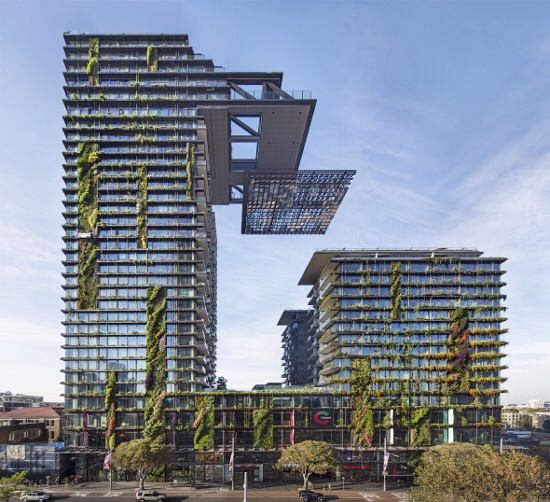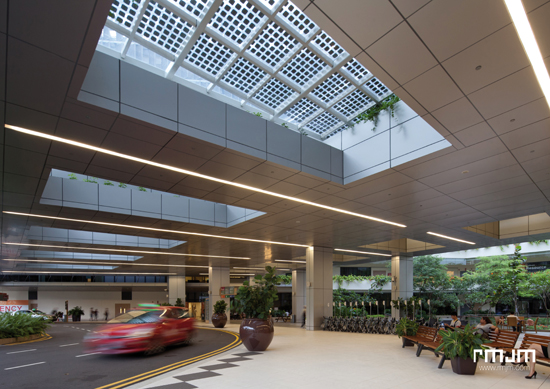In a bid to start conversations on how urban cities can become biophilic cities it is important to expatiate on good examples of what biophilia looks like and how they can be incorporated in our urban cities.
Hospitals
With reference to my last article about hospitals and healing gardens in hospitals, since time immemorial hospitals as a place of healing have always incorporated nature and sometimes even the illusion of bringing the outside in to create a soothing and relaxing environment for patients to heal it is believed that there is an energy in the atmosphere and plants and vegetation carry such positive energy that helps in the healing of patients.
This has further been maximized at mental health relaxation spots, recuperating spaces, cancer treatment centers,spas etc.
Building
Biophilia has always been linked to increase in productivity, emotional well being, stress reduction this has been as a result of majorly calming presence of plants in the work environment, roof gardens, vertical gardens on the exterior and even interior walls of buildings.
Biophilic design
These are some examples of biophilic designs in buildings:
One Central Park, Sydney

This building covers its steel and glass frame with a hanging garden, it also has a heliostat, internal water recycling plant and low carbon tri-generation power plant. Also of note is the motorized mirrors that capture sunlight and reflects it down into the building’s gardens.


Urban farms at Pasona group offices
This company in Tokyo has its own farm growing right there in their office, how cool is that? They used a combination of hydroponic and soil based farming, tomato vines growing suspended about their conference tables, passion fruit trees act as partition walls etc.

Khoo Teck Puat Hospital, Singapore.
Singapore has always held a place of deep love for me because of the passionate way they are about incorporating nature in their urban living spaces, see the super trees of Singapore as a major example.

This is about the very patient friendly hospital that overlooks the Yishun pond and creates this bind with nature, also the fins along the building that were designed to channel the prevailing north-east winds into the building and the sunshades over the windows that protect patients from the direct glare of the harsh sunlight of Singapore.


In Nigeria.
It is very important to start the conversations in our homes, offices, schools, etc on how to incorporate nature elements to combat health issues, stress etc and also in the overall urban streets increasing sustainability, reducing the effects of urban sprawl, treating storm water with the use of rain gardens and bioswales etc. Vertical gardens is also another major way in which biophilia can be incorporated in urban spaces.
The next installation of biophilic systems will talk in depth on how we can start adopting biophilic systems in our immediate environment, also what is it about the energy of nature that makes it a healing component?
References
https://www2.buildinggreen.com/article/biophilia-practice-buildings-connect-people-nature

